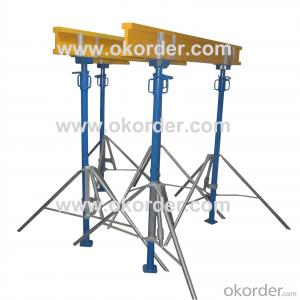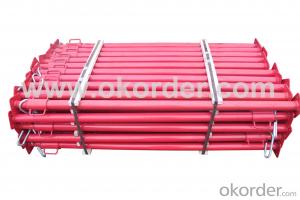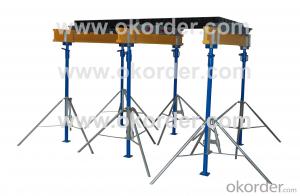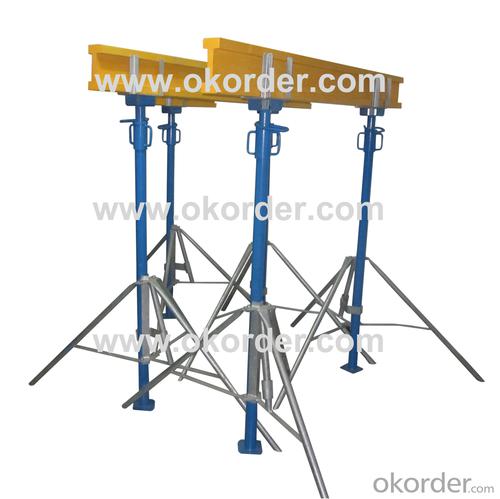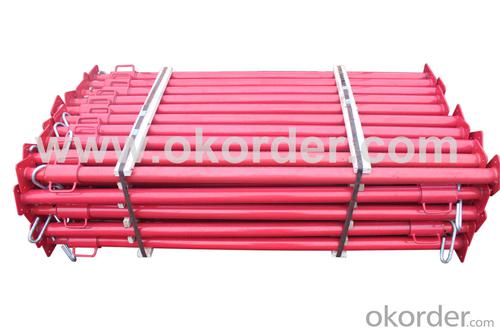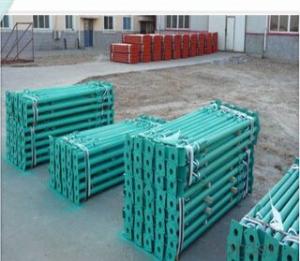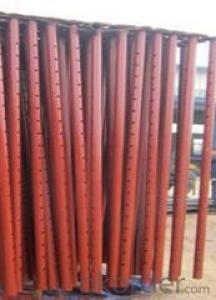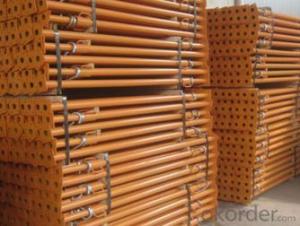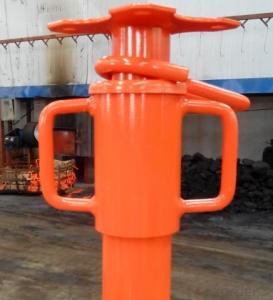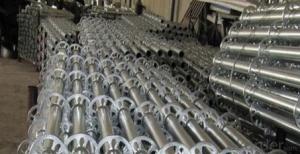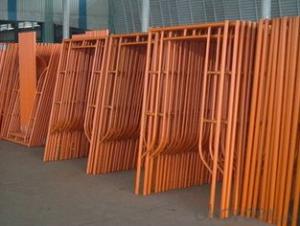steel shoring prop for formwork
- Loading Port:
- Tianjin
- Payment Terms:
- TT OR LC
- Min Order Qty:
- -
- Supply Capability:
- 100000 pc/month
OKorder Service Pledge
OKorder Financial Service
You Might Also Like
shoring prop
Specifications
1. light weight, high strength
2. sustainable and enviroment friendly
3. reusable
4. easy operate

Product Description
Shoring prop supporting system is used to support formwork system. The system composed by shoring prop, tripod, fork and H20 beam, and then put the formwork panels on the H20 beam to make slab. The maxium loading on one single prop (2-4m) is 1.1 ton when the height adjust to 4m, the high capacity of loading gurantee the safety of the whole formwork system.
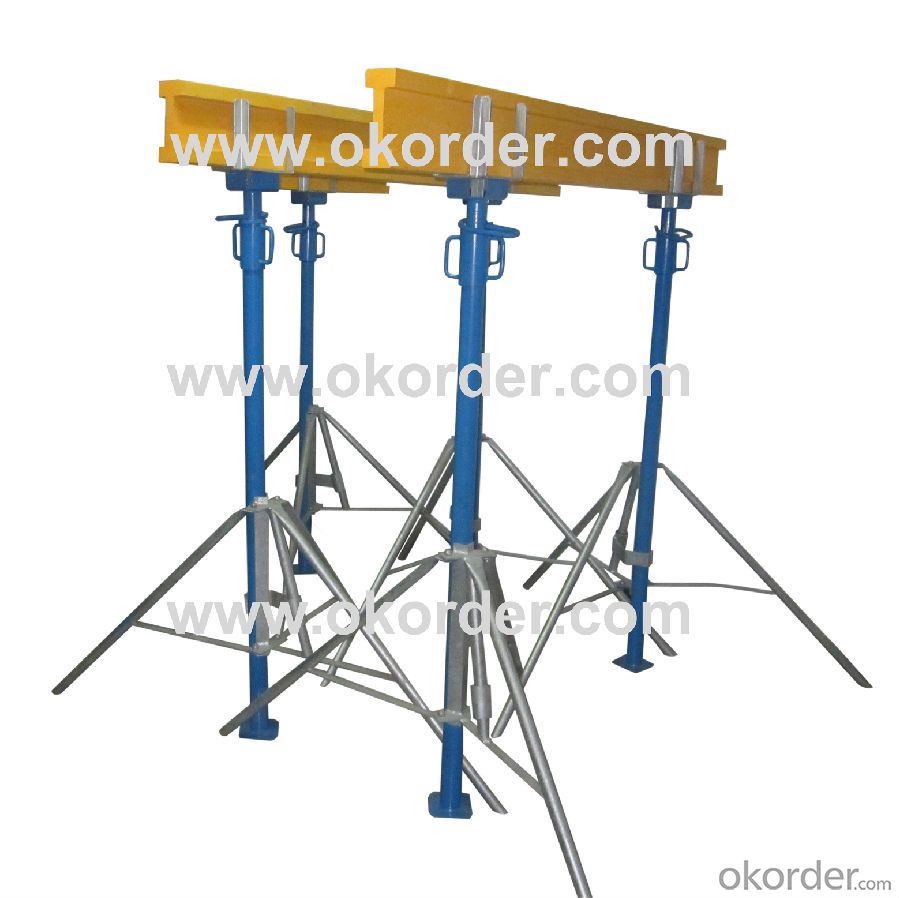
Concept
We are the professional supplier of formwork, scaffolding, couplers, prop, etc. As the leading supplier of modular formwork in North East China, we endeavour to help you build faster and conveniently, and most important, guarantee the safety for workers. We also endeavour to protect environment because we only have one earth.
Thanks to our credibility and high quality products, the company has built long term cooperation relationship with many world class enterprises such as Saudi Arabia ATCO group,
Russia Sakhalin Energy Investment Company, Italy Geoplast Company, etc.
Product Characteristics
| product name | Shoring prop supporting system |
| origin | China |
| color | As required |
| material | Q235 |
| weight | 15kg |
| max load | 1.1 ton |
| brand | BOFU |
| adjustable height | 2-4m |
| surface treatment | powder coated |
Product Introduction
Handier
The weight of prop is 15kg, one worker can hold it easily.
easy set up
Use tripod, prop, fork and H20 beam, the supporting system can be set up easily.
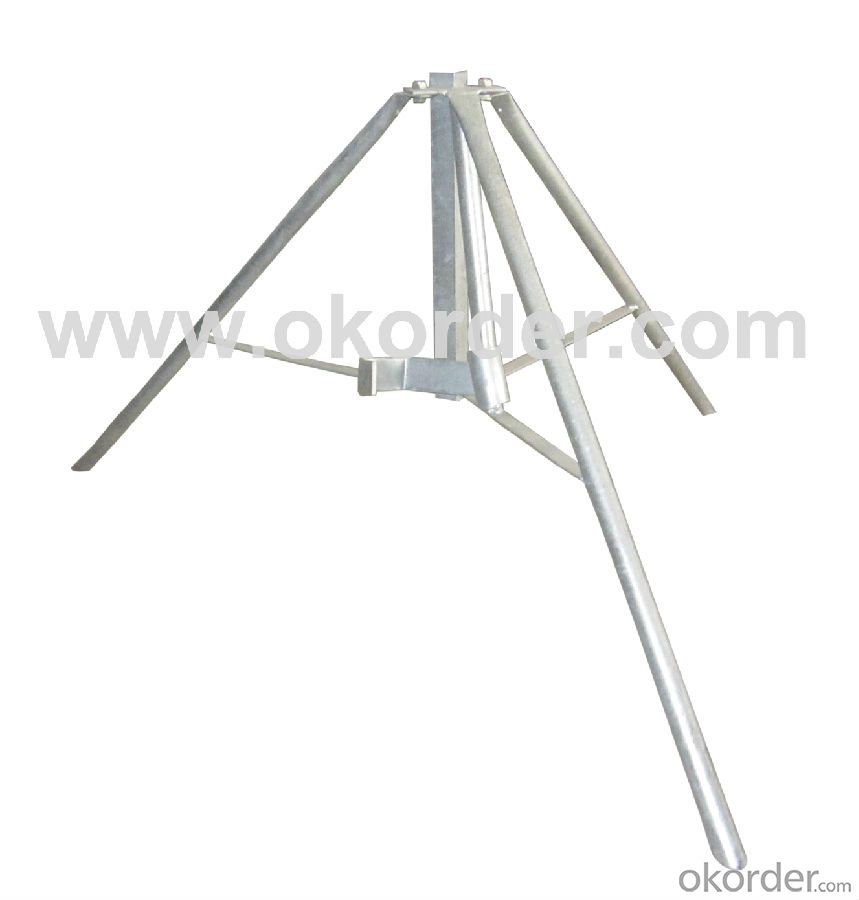
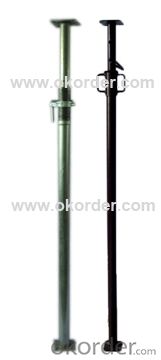
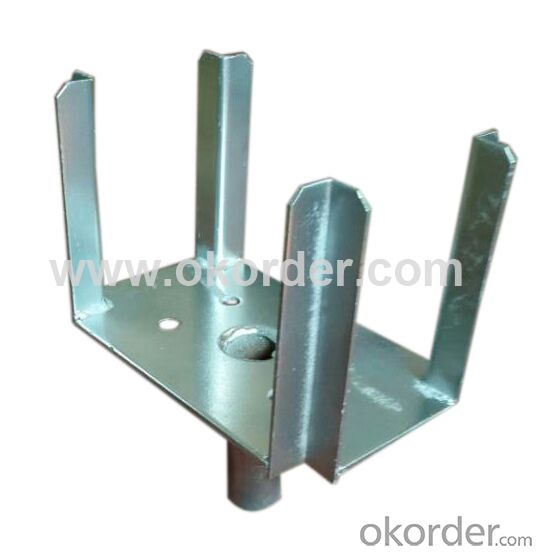
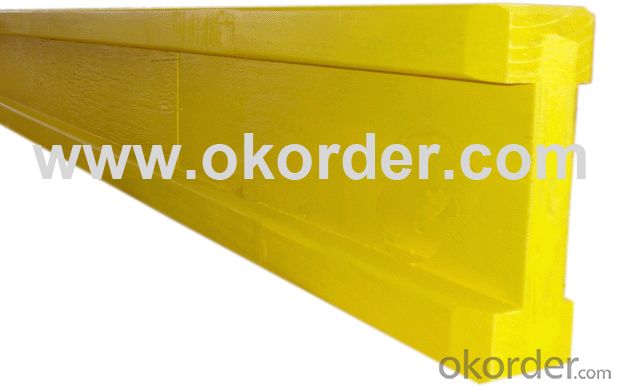
Strength
The material of prop is Q235, the maximum load of single prop is 1.1 ton when the height adjust to 4m, just add or reduce the number of props to fit 10-40cm thickness slab.
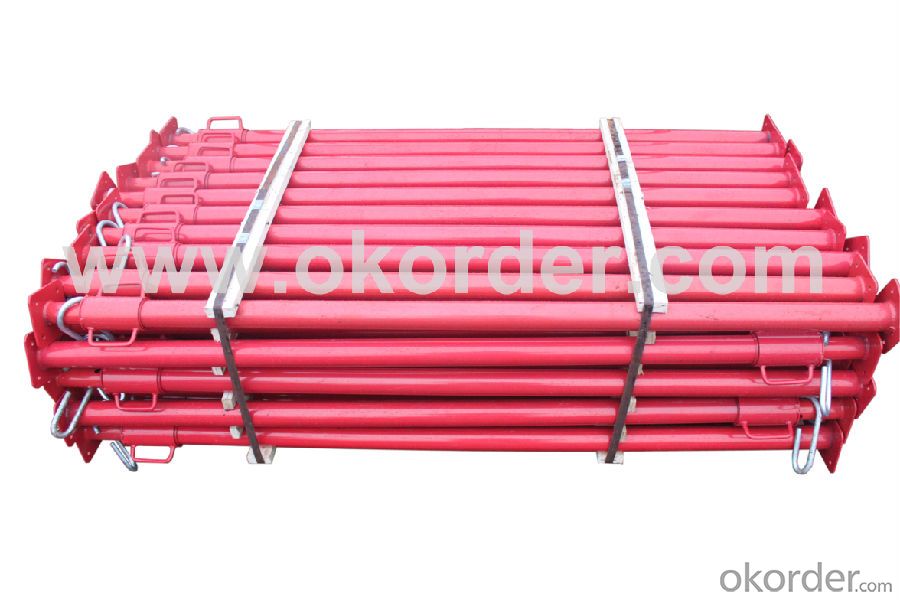
Package
The system can packed seperately by pallet, easy to transport.
shoring prop
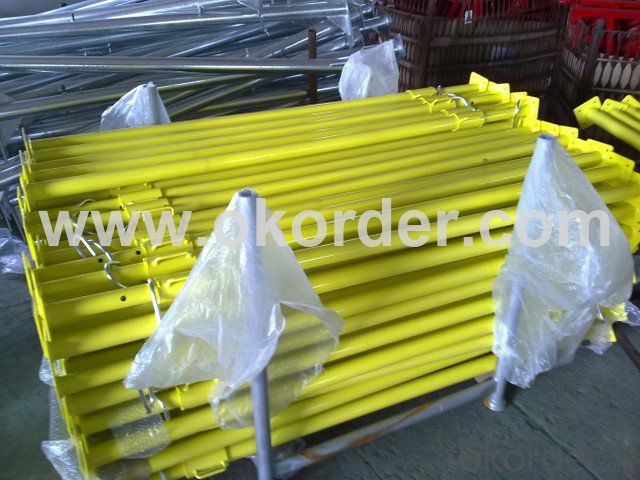
H20 beam
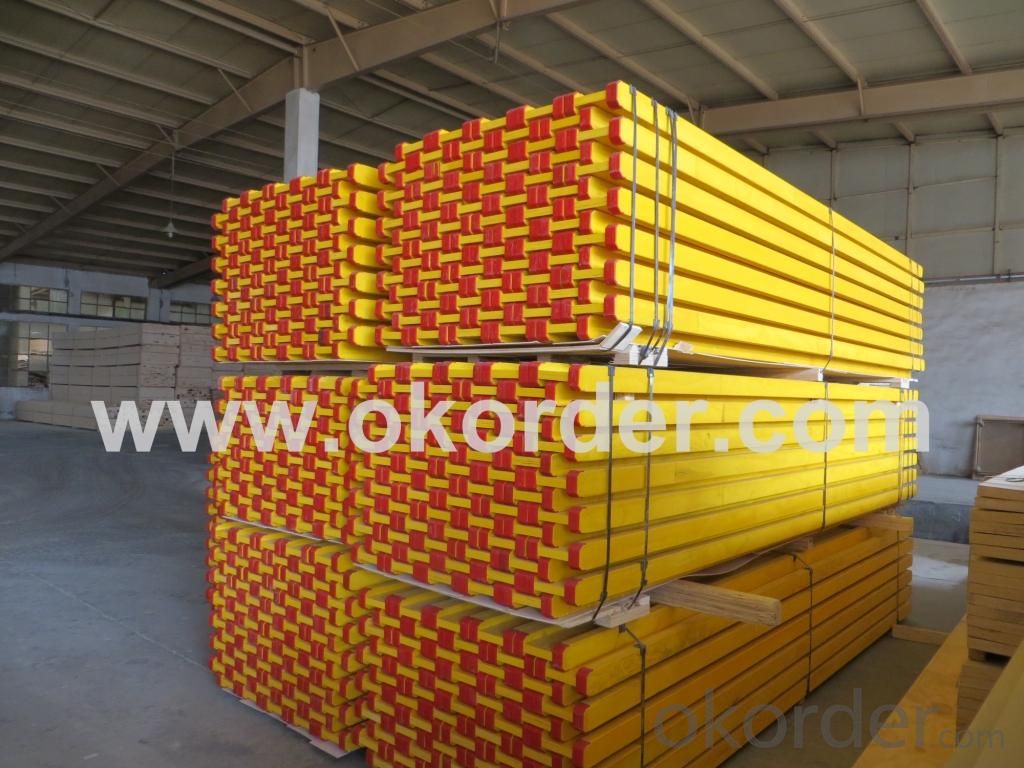
project Sample
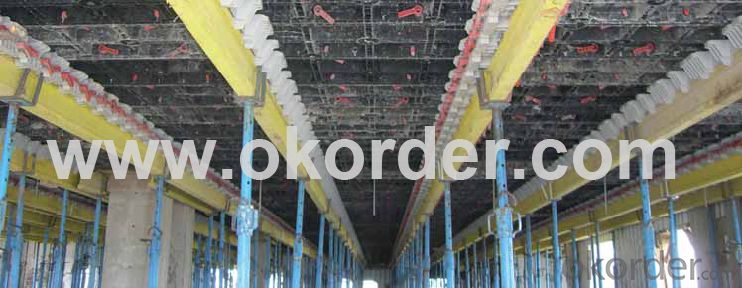
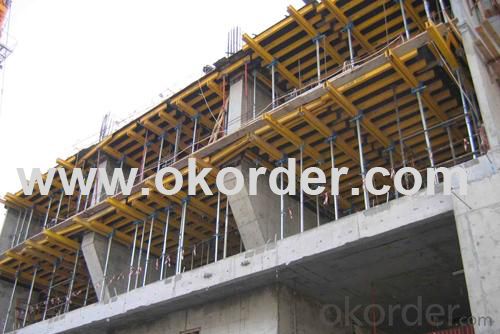
Please send your enquiry to us, we will be your service at any time.
- Q: What are the alternatives to steel props for temporary support?
- There are various options available as alternatives to steel props for temporary support in construction projects. Some commonly used alternatives are as follows: 1. Adjustable Props: These props are similar to steel props but are constructed using materials like aluminum or lightweight alloys. They offer a temporary support system that can be easily adjusted to different heights. Adjustable props are lightweight, facilitating easy handling and transportation. 2. Timber Props: Timber props, also referred to as wooden props, are extensively utilized for temporary support in construction. They are made from solid wood or engineered timber and provide a cost-effective substitute for steel props. Timber props are lightweight, easy to install, and can be easily cut to the desired length. 3. Acrow Props: Acrow props are a popular choice as an alternative to steel props. They consist of an inner tube, an outer tube, a threaded rod, and a base plate. Made from high-quality steel, acrow props offer adjustable support. They find common application in construction projects where temporary support is required. 4. Scaffolding: Scaffolding systems can also be employed as an alternative to steel props for temporary support. They provide a versatile and secure working platform that can be easily adjusted to different heights. Scaffolding systems are constructed using various materials like aluminum, steel, or composite materials. 5. Shoring Systems: Shoring systems are specifically designed to offer temporary support to structures during construction or repair work. These systems comprise vertical supports, horizontal beams, and adjustable struts. Shoring systems are commonly utilized in building construction, excavation works, and tunnel construction. 6. Hydraulic Jacks: Hydraulic jacks present another alternative to steel props for temporary support. They utilize hydraulic pressure to provide support to structures. These jacks are commonly employed in applications where heavy loads need to be lifted or temporarily supported. When selecting an alternative to steel props for temporary support, it is crucial to consider the specific requirements of the project, such as load-bearing capacity, adjustability, ease of installation, and cost-effectiveness.
- Q: What are the main considerations when using steel props for supporting formwork?
- When using steel props for supporting formwork, there are several important considerations to keep in mind. Firstly, it is crucial to ensure that the steel props being used are of the appropriate size and strength to bear the weight of the formwork and the concrete or other material being poured. The props should be able to withstand the loads and pressures exerted during the construction process. It is important to consult structural engineers or other professionals to determine the correct size and capacity of the props required for the specific project. Secondly, the positioning and spacing of the steel props is a key consideration. They should be strategically placed to evenly distribute the load and support the formwork effectively. The spacing between the props should be determined based on the weight and size of the formwork, as well as the anticipated loads and pressures. It is important to follow the manufacturer's recommendations and any relevant industry standards or regulations. Another important consideration is the stability of the steel props. They should be secured and braced properly to prevent any movement or collapse during the construction process. Adequate bracing and anchoring techniques should be employed to ensure that the props remain in place and can withstand any lateral forces or vibrations. Additionally, the condition and quality of the steel props should be regularly inspected. Any signs of rust, corrosion, or damage should be addressed immediately, as it can compromise the structural integrity of the props. Regular maintenance and inspections are necessary to ensure the safety and reliability of the props throughout the construction project. Lastly, it is important to consider the removal of the steel props once the concrete or other material has cured and the formwork is ready to be taken down. The props should be carefully and gradually removed in a systematic manner to prevent any unexpected collapses or damage to the structure. Proper procedures and precautions should be followed to ensure the safe and efficient removal of the props. Overall, when using steel props for supporting formwork, the main considerations include selecting the appropriate size and strength, positioning and spacing them correctly, ensuring their stability, maintaining their condition, and following proper removal procedures. By addressing these considerations, the use of steel props can provide a reliable and safe support system for formwork during construction projects.
- Q: Can steel props be used for temporary support in airport construction?
- Yes, steel props can be used for temporary support in airport construction. Steel props, also known as adjustable steel props or steel acrow props, are commonly used in construction projects to provide temporary support to structures or excavations. They are adjustable in height and can be easily installed and removed, making them suitable for temporary support in various construction applications, including airport construction. Steel props are made from high-quality steel, which makes them highly durable and capable of withstanding heavy loads. They are commonly used to support formwork, scaffolding, and other temporary structures during construction. In airport construction, steel props can be used to provide support to temporary structures such as formwork for concrete works, scaffolding for maintenance or installation of equipment, or even during excavation works. The adjustable height feature of steel props allows for flexibility in supporting different heights and requirements in airport construction. They can be extended or retracted to reach the desired height, and their load-bearing capacity can be adjusted accordingly. This flexibility makes them an ideal choice for supporting temporary structures in airport construction, as the needs and requirements of the project can vary depending on the specific stage of construction. Furthermore, steel props are easy to install and remove, which saves time and labor during airport construction. They can be quickly assembled and dismantled, allowing for efficient use of resources and reducing construction timelines. This is particularly important in airport construction, where time is often a critical factor. Overall, steel props are a reliable and versatile solution for providing temporary support in airport construction. Their durability, load-bearing capacity, adjustability, and ease of installation make them suitable for a wide range of applications, ensuring the safety and efficiency of the construction process.
- Q: Can steel props be used in different construction applications?
- Various construction applications can utilize steel props, which are also known as adjustable steel props or steel shores. These versatile support systems are commonly employed in construction to provide temporary support during projects involving beams, walls, and ceilings. Steel props can be adjusted in height to accommodate different construction needs. They can be employed to support formwork while concrete is poured, offer temporary support to walls or beams during demolition or renovation, or even serve as temporary supports for pre-existing structures during repair or reinforcement. The robustness and durability of steel props make them suitable for a wide range of construction applications. They possess the ability to withstand heavy loads and can be easily adjusted to the desired height, ensuring stability and safety at the construction site. Moreover, steel props offer several advantages, including ease of installation, reusability, and versatility. They can be installed, adjusted, and removed quickly and effortlessly, resulting in time and labor savings. Additionally, their reusability makes them a cost-effective solution for multiple construction projects. In conclusion, steel props are indeed applicable to diverse construction scenarios due to their adjustable height, strength, durability, and versatility. They play a crucial role in providing temporary support and stability during construction or renovation projects, making them an indispensable tool for professionals in the construction industry.
- Q: Are steel props suitable for use in nuclear power plant construction?
- Nuclear power plant construction does not generally find steel props suitable. In order to meet the demands of nuclear power plants, materials with high strength, exceptional corrosion resistance, and the ability to withstand extreme conditions are required. While steel props may possess sufficient strength, they are vulnerable to corrosion in the presence of radiation and other harsh chemicals commonly found in nuclear environments. Reinforced concrete structures are commonly employed in nuclear power plants due to their superior performance. Concrete offers excellent radiation shielding and can endure high temperatures and pressures. Furthermore, concrete is non-combustible, a critical aspect in preventing potential fire hazards. Additionally, steel props can present challenges concerning maintenance and inspection within a nuclear power plant setting. The presence of radiation can cause steel to deteriorate over time, leading to issues with structural integrity. This could greatly jeopardize the safety and dependability of the power plant. In conclusion, the use of steel props in nuclear power plant construction is not advised due to their vulnerability to corrosion, potential problems with structural integrity, and the superior suitability of reinforced concrete structures in this particular industry.
- Q: Are steel props adjustable for uneven ground conditions?
- Yes, steel props are adjustable for uneven ground conditions. Steel props, also known as steel acrow props or steel shore props, are designed to provide temporary support to structures during construction or renovation projects. These props consist of an outer tube, an inner tube, and a threaded screw jack mechanism that allows for height adjustment. To accommodate uneven ground conditions, steel props are equipped with a base plate that can be adjusted to different angles. This allows the prop to be securely placed on uneven surfaces such as slopes or uneven terrain. By adjusting the base plate, the prop can be leveled and stabilized, ensuring proper support for the structure. Furthermore, steel props are available in various sizes and load-bearing capacities, allowing them to be used in different applications and supporting different weights. This versatility makes them suitable for a wide range of projects, including those on uneven ground conditions. It is worth noting that while steel props provide adjustable support for uneven ground conditions, it is important to assess the stability and safety of the surrounding area. In some cases, additional measures such as shoring or ground stabilization techniques may be required to ensure the safety of the structure and personnel working on the site.
- Q: Can steel props be used in tunneling projects?
- Yes, steel props can be used in tunneling projects. Steel props, also known as steel struts or steel supports, are commonly used in construction and engineering projects, including tunneling. They are typically used to provide temporary support to excavated tunnels during construction or repair work. Steel props are known for their strength, durability, and load-bearing capacity, making them suitable for tunneling projects where stability and safety are crucial. They can be adjustable, allowing for easy installation and removal as the tunnel progresses. The adjustable feature also enables them to accommodate different tunnel sizes and shapes. Furthermore, steel props can withstand high pressures and provide reliable support to prevent tunnel collapse or deformation. They can be designed to be resistant to corrosion, ensuring a longer lifespan and reducing maintenance requirements. Steel props are also versatile, as they can be used in various tunneling methods, such as cut-and-cover, drill and blast, and tunnel boring machines. Overall, steel props are a commonly used and effective solution for providing temporary support in tunneling projects, ensuring the safety and stability of the tunnels during construction or repair activities.
- Q: Can steel props be used for temporary support in stadium roof construction?
- Yes, steel props can be used for temporary support in stadium roof construction. Steel props provide strong and reliable support, making them suitable for holding up the weight of the stadium roof during the construction process.
- Q: What are the different types of steel prop couplers available?
- There are several different types of steel prop couplers available for various construction applications. Here are some of the commonly used types: 1. Sleeve Couplers: These are the most basic type of prop couplers and are typically used to join two props together. They consist of a cylindrical sleeve that fits over the end of two props and is secured with bolts or pins. 2. Swivel Couplers: Swivel couplers are designed to allow props to be connected at different angles or to join props with different diameters. They have a swiveling mechanism that allows for flexibility in positioning. 3. Internal Couplers: Internal couplers are used to connect two props from the inside. They are inserted into the hollow end of the props and secured in place with bolts or pins. 4. External Couplers: External couplers, as the name suggests, are used to join two props from the outside. They are placed over the external surface of the props and fastened with bolts or pins. 5. Gravity Lock Couplers: Gravity lock couplers are designed to provide a secure connection between two props without the need for additional fasteners. They rely on gravity and friction to hold the props in place. 6. Quick Release Couplers: Quick release couplers allow for easy and rapid assembly and disassembly of props. They typically have a spring-loaded mechanism that allows for quick adjustment or removal of props. 7. Adjustable Couplers: Adjustable couplers are used to connect props of different lengths or to provide height adjustment. They have a threaded mechanism that allows for easy adjustment of prop length. 8. Wedge Couplers: Wedge couplers are used to provide a strong and rigid connection between two props. They have a wedge-shaped design that locks the props together when inserted. These are just a few examples of the different types of steel prop couplers available. The choice of coupler will depend on the specific requirements of the construction project, such as the type of props being used, the load capacity needed, and the desired level of adjustability or flexibility.
- Q: How do you prevent steel props from sinking into the ground?
- To prevent steel props from sinking into the ground, several measures can be taken: 1. Use a larger base plate: Increasing the size of the base plate can help distribute the weight of the steel prop over a larger area, reducing the chances of sinking. A larger plate can provide better stability and prevent it from sinking into the ground. 2. Apply additional support: Adding additional support elements such as timber sleeper boards or steel plates beneath the base plate can help distribute the load and provide extra stability. These materials can act as barriers between the steel prop and the ground, reducing the risk of sinking. 3. Consider the soil conditions: Understanding the soil conditions is crucial in preventing sinking. If the ground is soft or loose, it is advisable to use additional measures such as using larger plates or adding more support elements. In some cases, it may be necessary to consult with a geotechnical engineer to determine the appropriate measures to prevent sinking. 4. Use adjustable props: Opting for adjustable props can provide flexibility in adjusting the height based on the ground conditions. This enables the prop to be elevated above the surface and reduce the risk of sinking. 5. Utilize load-bearing pads: Load-bearing pads, such as rubber or steel plates, can be placed beneath the base plate to help distribute the weight more evenly and reduce the pressure on the ground. This can prevent the prop from sinking by minimizing the point load on the surface. 6. Regular inspections and maintenance: Regularly inspecting the props and their base plates can help identify any signs of sinking or instability. If sinking is noticed, immediate action should be taken to prevent any accidents or further damage. It is important to consider the specific requirements and conditions of the project when implementing these measures to prevent steel props from sinking into the ground. Consulting with a structural engineer or a professional in construction can provide further guidance tailored to the specific situation.
Send your message to us
steel shoring prop for formwork
- Loading Port:
- Tianjin
- Payment Terms:
- TT OR LC
- Min Order Qty:
- -
- Supply Capability:
- 100000 pc/month
OKorder Service Pledge
OKorder Financial Service
Similar products
Hot products
Hot Searches
Related keywords
